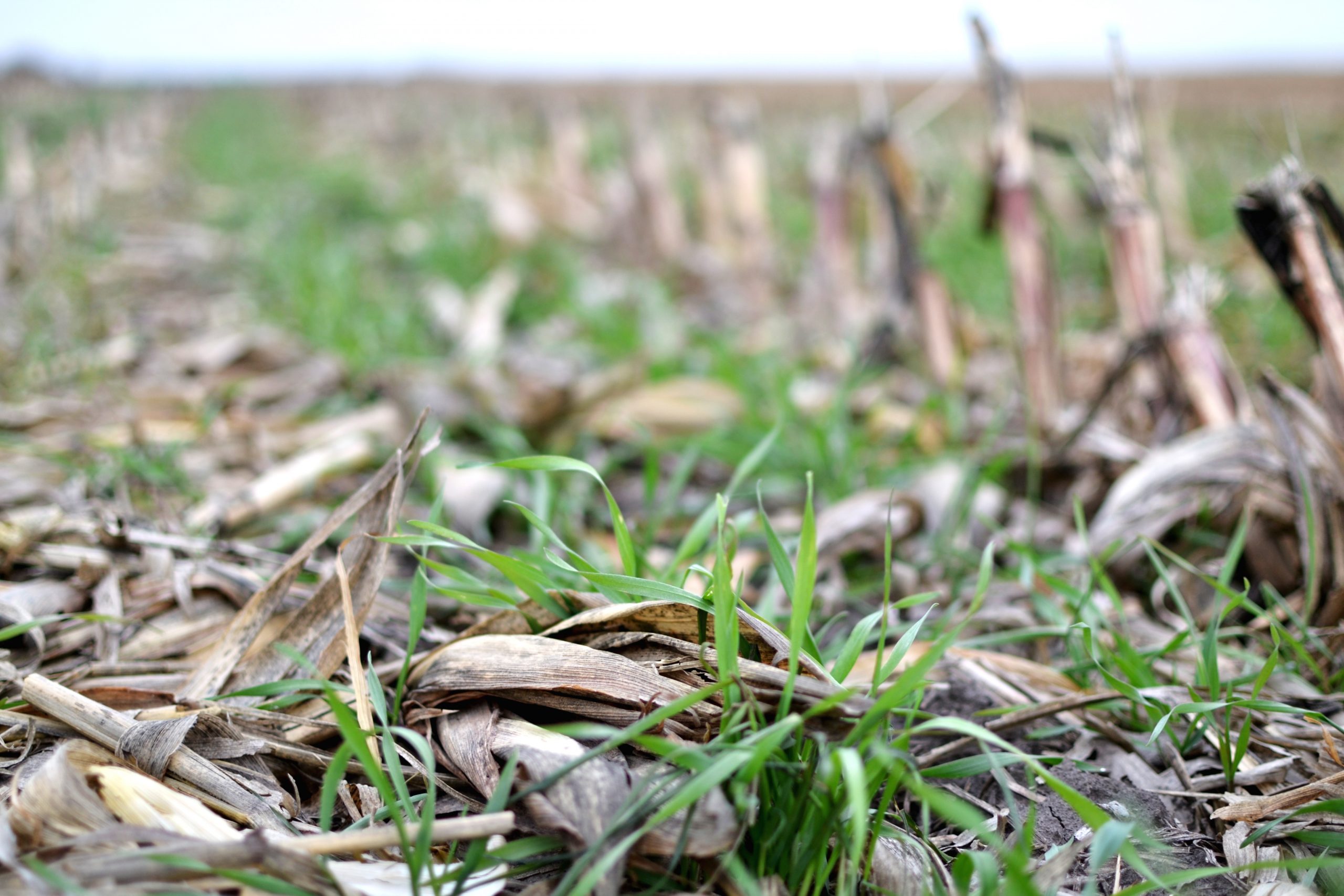Cover crops are covering more farmland across the globe

Published: April 8, 2021
Category: Regenerative Agriculture
In North America, cover crop acreage doubled from 2012 to 2017—from 5 million to 10 million acres.
Farmers across the globe are trying it out, finding strategies that help sequester nutrients, reduce or eliminate erosion, and improve soil health. In the Himalayan foothills, Krishnendu Chatterjee has been farming biodynamically for 20 years, raising tea on 11,000 acres for Darjeeling Organic Tea Estates. Each year he tries new avenues to establish cover crops—a challenge due to his vast acreage. He prefers indigenous crops including legumes and “crawlers” such as chickpea, green pea, clover, and dandelion. Dandelion roots mine calcium in the soil, like earthworms.
In Argentina, Hector Miotti does a three-year rotation of corn, soybeans, and wheat, with covers vetch and cereal rye. Laurent Lorre of France was paid $50 an acre in 2001 to try out no-till and covers. He’s found that peas, black oats, barley, radish, mustard, sorghum, and sunflower usually work better than fava beans, clover, and phacelia because they can be drilled 1 inch deep into moister soil. “After 20 years on no-till and cover crops I learn new things every year!” Lorre said.
New Zealand’s William Hughes-Games plants a mix of species—a deep rooter, shallow rooter, nitrogen fixer, and a tuber. Martin Lines uses no-till, minimum tillage, under-sowing, drilling and intercropping on his 1,300-acre farm in southeastern England. He’s added hedges and grass strips, and created wildlife corridors by linking neighboring habitats.
Source: No-Till Farmer
To view source article, visit:
https://www.no-tillfarmer.com/articles/10423-cover-crop-use-spreading-across-the-globe
Organic & Non-GMO Insights April 2021




